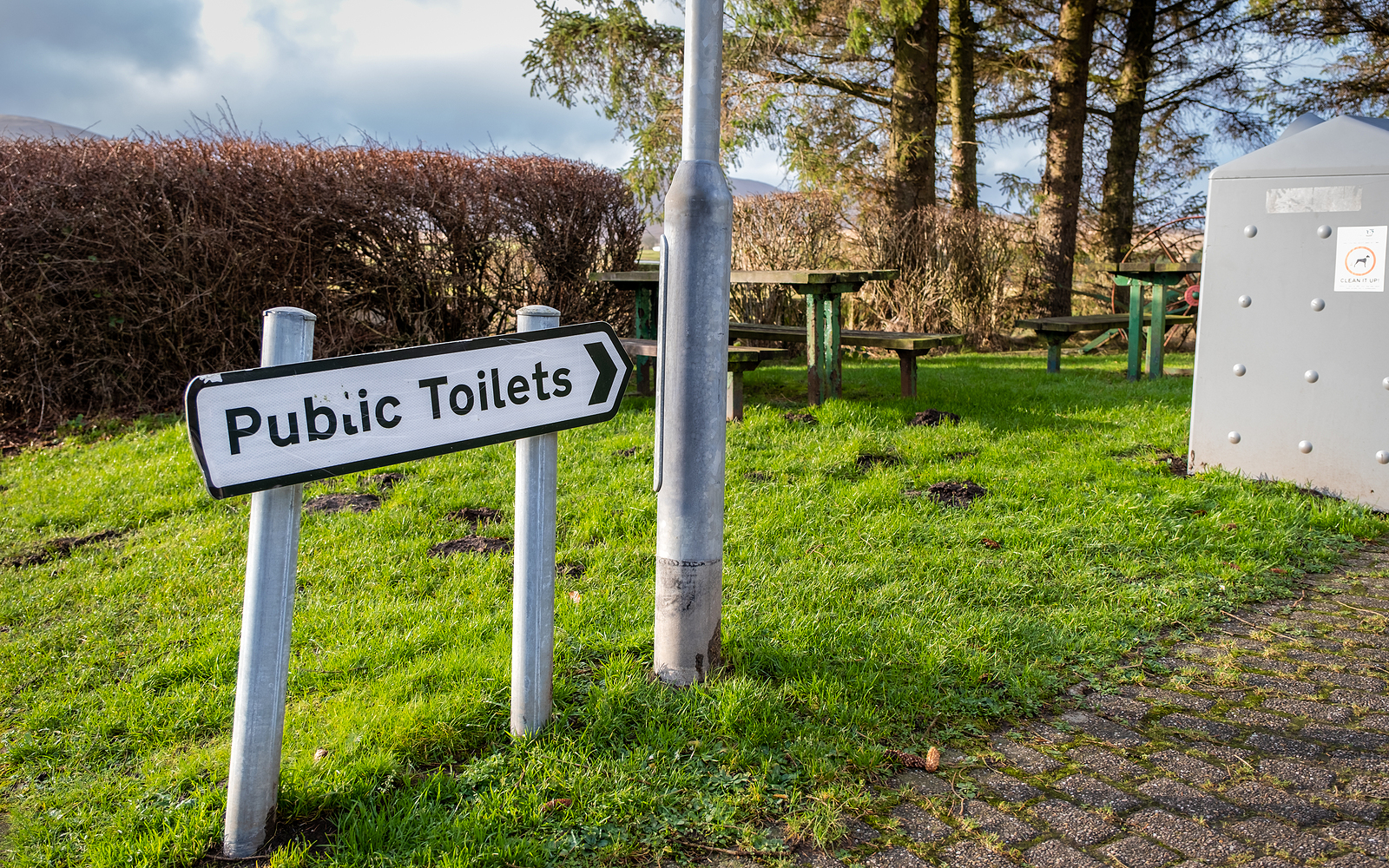

All businesses need toilet cubicles and washroom facilities, but these needs can vary dramatically depending on the nature of the business.
Every business has a legal requirement to provide “suitable and sufficient” washrooms, with guidance for how many toilets and washbasins are needed based on the number of people in a particular workplace.
However, many businesses often require more washroom capacity than this, particularly if they operate in public areas and at certain peak hours.
Whilst one solution is to build more toilet capacity than would be needed, this is not necessarily the most cost-effective option either upfront or in terms of later overheads.
Portable chemical toilets are often used as a last resort, particularly for public events where there is expected to be a much higher number of people and thus need for washroom facilities than usual, but they are also not an optimal solution if there are consistent peaks of usage requirements.
Pop-Up Vespasiennes
The issue with the legally required washroom and toilet counts as explained by the Health and Safety Executive is that it does not factor in points where there is an acute need for adequate facilities that would otherwise be unmet.
Building more washrooms is an effective solution, particularly if you choose the right supplier, but not every building and public area has the space to maintain extra washrooms.
An early solution to this was the vespasienne, a type of public urinal introduced in Paris in the 1830s, reintroduced after the July Revolution in 1843 and continued being used until the 1980s when they were replaced by low-profile self-cleaning units nicknamed “Superloos” in the UK.
Whilst these were an improvement from full-sized washroom buildings in public places, they still took up a relatively large amount of street space for a system that would not see a consistent level of use.
The next logical step, therefore, was to have a small washroom that was stored away from street level but could be automatically put into place when needed, for example during evenings and weekends when the streets are traditionally busier.
The result of this was the telescopic toilet, originally developed in the Netherlands but quickly spreading to London in 2002, and across the UK, Sweden, Belgium and Denmark by 2014.
When retracted they look like typical manhole covers, but can automatically raise via hydraulics to provide either urinals or toilet cubicles, depending on the design. In practice, the mechanism is activated and deactivated by a street warden.
The initial system consisted of a cylinder of urinals, but a later modified design included a full cubicle, allowing for more privacy.
The initial use case was public streets at night. In places where people need a washroom as soon as possible, these serve as an alternative to committing a crime by relieving oneself on the street.
However, they have also become a common replacement or addition to chemical toilets for stadiums, large arenas, conventions and other major events in consistent locations, as they only require half a metre of underground space in order to fully retract.
This reduces the strain on internal washroom facilities, which can be a common traffic issue found at events without adequate facilities or a suitable route to reach them.
They are also considerably faster to use and can be located in more convenient places than a public washroom, which is limited to wherever there is room for a complete suite.
With that said, it is only part of a solution, and there is no replacement for adequate washroom facilities, particularly since not everyone using a washroom is necessarily doing so to use a urinal.
Instead, what it can do, much like a set of urinals in a men’s bathroom, is provide a faster, relatively private alternative that leaves the cubicles for people who need them, which in combination with having more toilet cubicles in the first place helps to reduce congestion.
Ultimately, pop-up washrooms will inevitably be discussed in the context that spurred their creation, and by all accounts they have helped to reduce instances of street urination in the areas near to where they were fitted, although to what extent requires further analysis.
They cannot be used by everyone; owners of indoor events buildings without a lot of perimeter space are likely better served by installing more indoor bathrooms, and office complexes are similarly unlikely to get any benefit from a pop-up washroom.
However, as with so many toilet innovations, the businesses that will benefit will benefit a lot from the conveniences.




